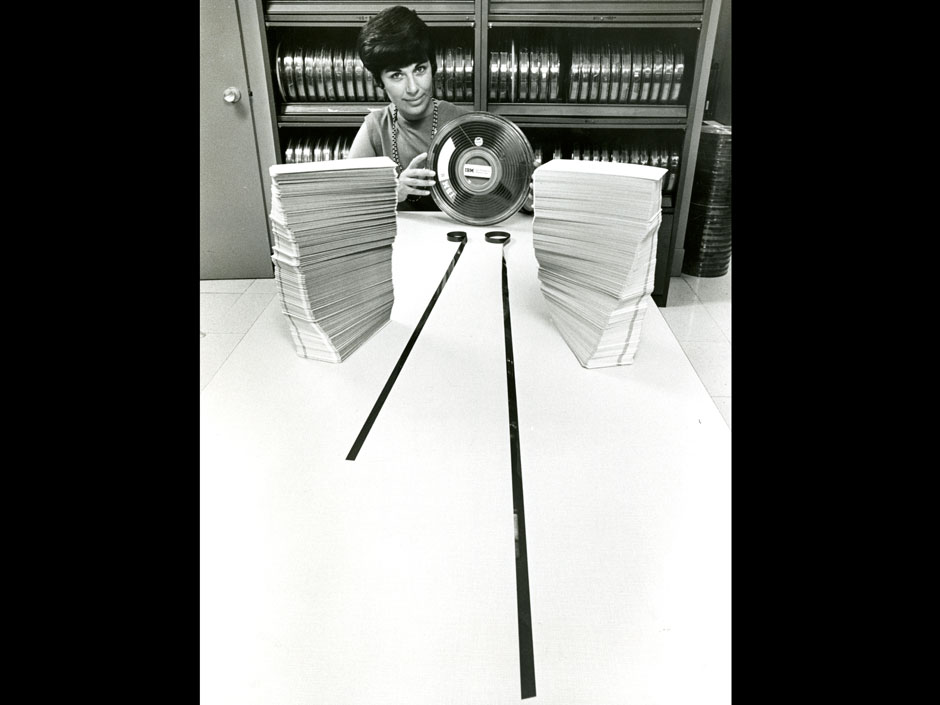The history and future of data on magnetic tape

Maybe it’s because I’m part of the cassette generation, but I’m just charmed by IBM researcher Mark Lantz’s ode to that great innovation in data storage, magnetic tape. What could be seen as an intermediate but mostly dead technology is actually quite alive and thriving.
Indeed, much of the world’s data is still kept on tape, including data for basic science, such as particle physics and radio astronomy, human heritage and national archives, major motion pictures, banking, insurance, oil exploration, and more. There is even a cadre of people (including me, trained in materials science, engineering, or physics) whose job it is to keep improving tape storage…
It’s true that tape doesn’t offer the fast access speeds of hard disks or semiconductor memories. Still, the medium’s advantages are many. To begin with, tape storage is more energy efficient: Once all the data has been recorded, a tape cartridge simply sits quietly in a slot in a robotic library and doesn’t consume any power at all. Tape is also exceedingly reliable, with error rates that are four to five orders of magnitude lower than those of hard drives. And tape is very secure, with built-in, on-the-fly encryption and additional security provided by the nature of the medium itself. After all, if a cartridge isn’t mounted in a drive, the data cannot be accessed or modified. This “air gap” is particularly attractive in light of the growing rate of data theft through cyberattacks.
Plus, it writes fast (faster than a hard drive), and it’s dirt cheap. And hard drives are up against some nasty physical limits when it comes to how much more data they can store on platters. This is why cloud providers like Google and Microsoft, among others, still use tape backup for file storage, and why folks at IBM and other places are working to improve tape’s efficiency, speed, and reliability.
Lantz describes how the newest tape systems in labs can read and write data on tracks 100 nanometers wide, at an areal density of 201 GB per square inch. “That means that a single tape cartridge could record as much data as a wheelbarrow full of hard drives.” I’ve never needed a wheelbarrow full of hard drives, but I think that is pretty cool. And I’m always excited to find out that engineers are still working to make old, reliable, maybe unsexy technologies work better and better.





Stay Connected